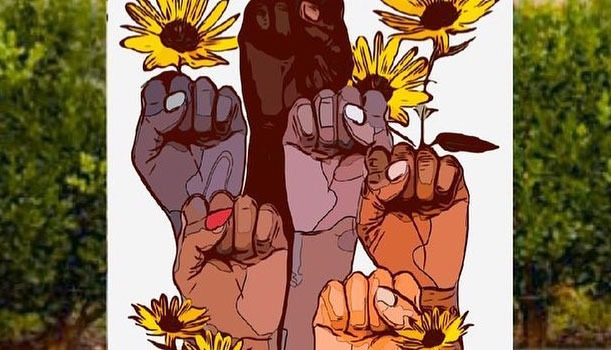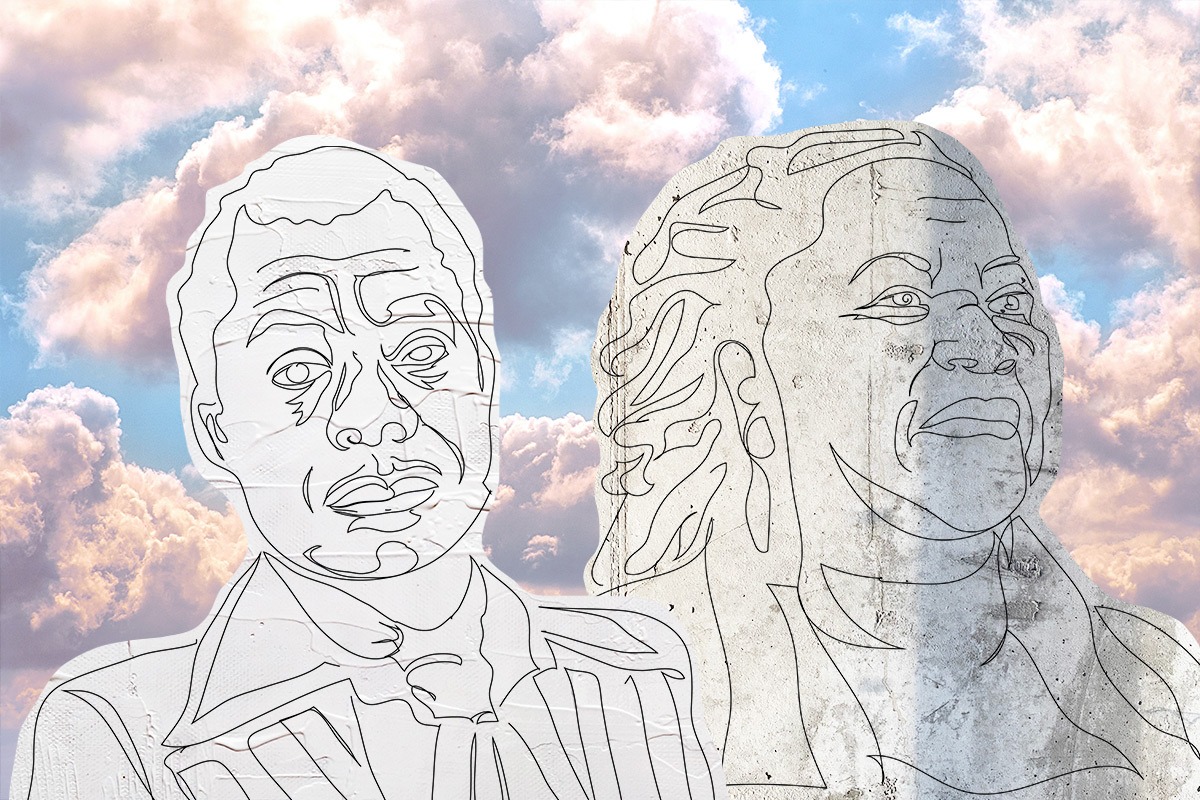
“Food has become at once an emblem and literal embodiment of the troubles around us,” observes Ligaya Mishan, writing for the New York Times Magazine. As Mishan details, the impact of struggles over food and the food system touch on multiple issues of economic, racial, and climate justice.
The dominant image of the food justice movement has been a white one, but that is deceptive. Take community-supported agriculture (CSA). The subscription programs that enable customers to buy shares in a year’s harvest are often portrayed as “accessories” for white progressives, as Mishan writes. But she notes that the practice’s origins date to the efforts of Booker T. Whatley, a Black professor of agriculture at Tuskegee University in Alabama. Whatley urged readers of his 1987 handbook on How To Make $100,000 Farming 25 Acres to establish membership clubs in which “customers would pay up front for a season of food, as a way of guaranteeing business”—the core concept behind CSAs.
Between 1865 and 1910, even though promises made of granting 40 acres and a mule to formerly enslaved Black Americans were not honored, many Black farmers in the US South became landowners. But since then, the overwhelming majority of them have been separated from the land. In some cases, as with those who moved north for industrial jobs in the Great Migration, the separation was voluntary. Often, however, the mechanisms were legal trickery and violence. A couple of years ago, David Cecelski, a historian of the North Carolina coast, told Lizzie Presser of the New Yorker that in the coastal communities he studies, “You can’t talk to an African American family who owned land in those counties and not find a story where they feel like land was taken from them against their will, through legal trickery.”
The impact has been dramatic: As NPQ noted earlier this month, “In 1920, Black Americans owned 14 percent of all farms in the United States—there were 925,000 Black farmers. By 2017, that number had fallen below 35,000.” There are still two million farms today, so 35,000 works out to less than two percent of that total.
What caused this decline? The biggest drivers have been white supremacist violence, discriminatory lending policies (including by the US Department of Agriculture), and land ownership policies, like heirs’ property rules, that fail to protect title, allowing white developers to swoop in and acquire the properties.
In South Carolina, the Center for Heirs’ Property Preservation has sought since 2006 to preserve the estimated remaining 41,000 acres in the Lowcountry region of that state, through a combination of legal assistance that allows heirs to formalize title and helping heirs generate income from the land through forestry. Nationally, Texas A&M law professor Thomas Wilson Mitchell, who was named a MacArthur Fellow last year for his efforts, has helped South Carolina and 17 other states pass legislation that protect heirs’ property interests. The first of these laws, however, passed only in 2011, which provides a sense of how new these protections are.
Sign up for our free newsletters
Subscribe to NPQ's newsletters to have our top stories delivered directly to your inbox.
By signing up, you agree to our privacy policy and terms of use, and to receive messages from NPQ and our partners.
The heirs’ property laws that have passed, however, are one sign of how public policy could help support a stronger Black, Indigenous and People of Color (BIPOC) farming sector more broadly. A policy brief by the Union of Concerned Scientists (UCS) and the HEAL Food Alliance (which stands for Health, Environment, Agriculture and Labor) lays out some of the particulars: In addition to land security provisions like the heirs’ property laws referenced above, this includes improving access to loans, technical assistance, provisions for joint land ownership (such as community land trusts), and farmer training and leadership development. Many are hoping that the next Farm Bill, expected in 2023, can include such provisions, while opening space for more farm ownership in BIPOC communities.
In the UCS/HEAL paper, the authors note that a “truly sustainable food system must be both science-based and equitable.” This work includes “removing discriminatory barriers to BIPOC farmers and their networks and supporting their leadership in sustainable and community-driven farming.”
There is also a rising wave of practitioner strategies. One prominent voice comes from Dara Cooper, who grew up on the South Side of Chicago and now lives in Atlanta, where she is executive director of the National Black Food and Justice Alliance. In 2011, Cooper helped convert a former city bus into a mobile market, Fresh Moves, to sell vegetables from local farms to residents.
For Cooper, it is important to not just provide healthy food, but ensure that the community owns and controls the institutions which deliver that food. Cooper is hardly alone in this focus. Mishan writes about Soul Fire Farm, a nonprofit in upstate New York that offers “workshops that combine hands-on training in traditional African agrarian practices with an examination of the food system through the critical lenses of race and class.” Patchwork City Farms occupies 1.2 acres in Atlanta and is run by Jamila Norman, who says she’s “reclaiming the narrative” of the Black farmer. Her long-term goal is that “there is nothing exceptional about me because everybody is farming.” Karen Washington is one of four women—spanning generational, racial, and LGBTQ identities—who own the five-acre Rise and Roots Farm in Orange County, New Jersey, while also supporting community gardens in the Bronx.
What motivates Washington, Cooper, Norman, and others is the fact that control over your food provides a pathway to self-sufficiency. Regaining ownership of the land is critical, too.
As Malik Yakini, a cofounder of the Detroit Black Community Food Security Network, told NPQ back in 2018, “What we used to say in the Seventies was land is the basis of power. If land ownership is based on who has the most might, those with the most might will also have the most economic power. We need to figure out different ways of relating that reduce the disparities in wealth that in large part are based on land ownership.”—Steve Dubb











